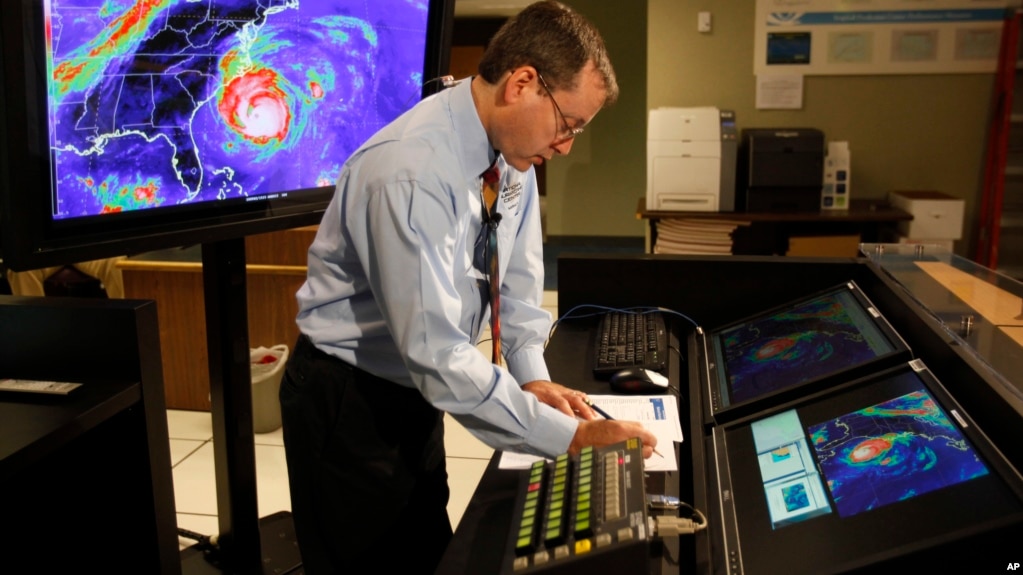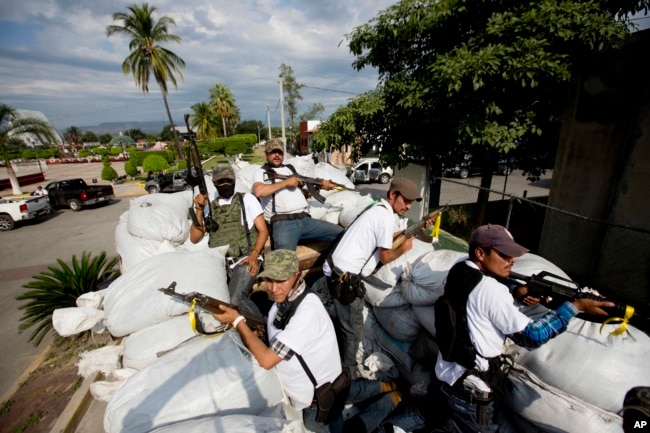S
Sandy73
Guest
The National Weather Service has issued a warning for yet
another catastrophic hurricane following on the heels of
Ivan and Jeanne. The path of this hurricane zigs and zags,
and is therefore highly unpredictable. Experts predict that
this one will cause the most damage to the United States
that we have experienced in four years.
They are naming this one Hurricane Kerry.
Be advised, the only way for citizens to protect themselves
is by hiding behind a Bush.
another catastrophic hurricane following on the heels of
Ivan and Jeanne. The path of this hurricane zigs and zags,
and is therefore highly unpredictable. Experts predict that
this one will cause the most damage to the United States
that we have experienced in four years.
They are naming this one Hurricane Kerry.
Be advised, the only way for citizens to protect themselves
is by hiding behind a Bush.








